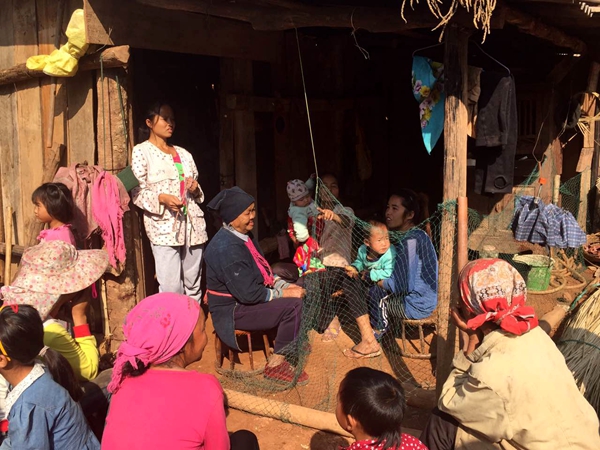Targeted measures help to eliminate poverty
- By Wang Chunlai
 0 Comment(s)
0 Comment(s) Print
Print E-mail China.org.cn, March 18, 2016
E-mail China.org.cn, March 18, 2016
|
|
|
Hebian Village in Southwest China's Yunnan province [Photo by Wang Chunlai] |
China has earned a good reputation for its huge progress in lifting hundred millions of farmers out of poverty in the past few decades. This is not only a success for China itself, but also a big contribution to realization of the United Nations' Millennium Development Goal (MDG).
Following that achievement, President Xi Jinping has announced another ambition to raise all those still under the Chinese poverty line - a yearly per capita income of 2300 yuan at 2011 constant prices - by the end of 2020.
This has now been written down as a "must" for the government to achieve in the 13th Five-Year Plan Draft (2016-2020), and the detailed tasks involved have also been announced in the Premier Li's Government Work Report - both documents are now under review and to be approved by the National People's Congress at its current annual conference.
However, to identify the poor by the given standard is not an easy job. It is estimated that about 70 million people remain under the poverty line using statistic data, but the real number of poor actually goes beyond this number using a method called "targeted measures."
As its name suggests, it does not only uses income as an indicator, but also takes expenditure into account to figure out those unable to make ends meet; in addition, discussion and recommendation by other farmers living in the same village also plays a role in ensuring the accuracy of the final result.
Using this method, the State Council Leading Group Office of Poverty Alleviation and Development has announced that over 80 million people are still live in poverty across the country.
Meanwhile, farmers' income suffers large fluctuations depending on the weather and market price movements, both factors being unpredictable and frequent. In this sense, farmers' income is hard to calculate and rely on as the sole arbiter.







Go to Forum >>0 Comment(s)